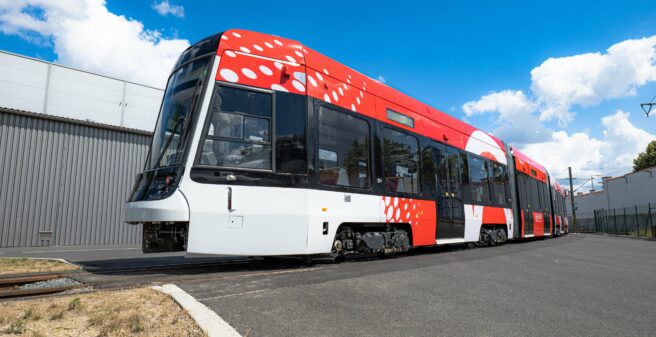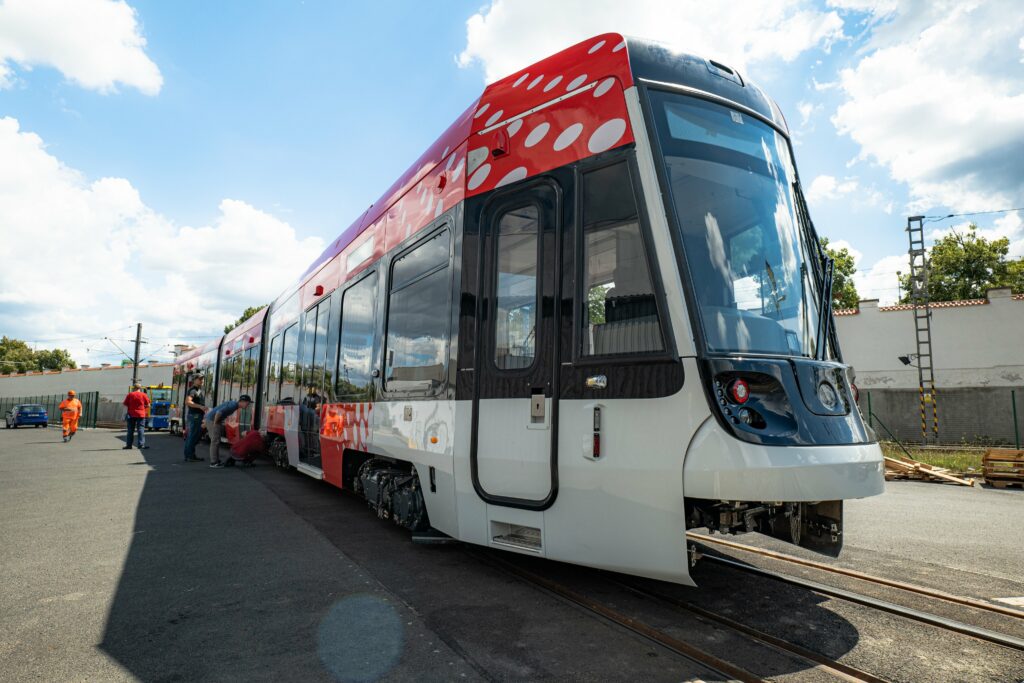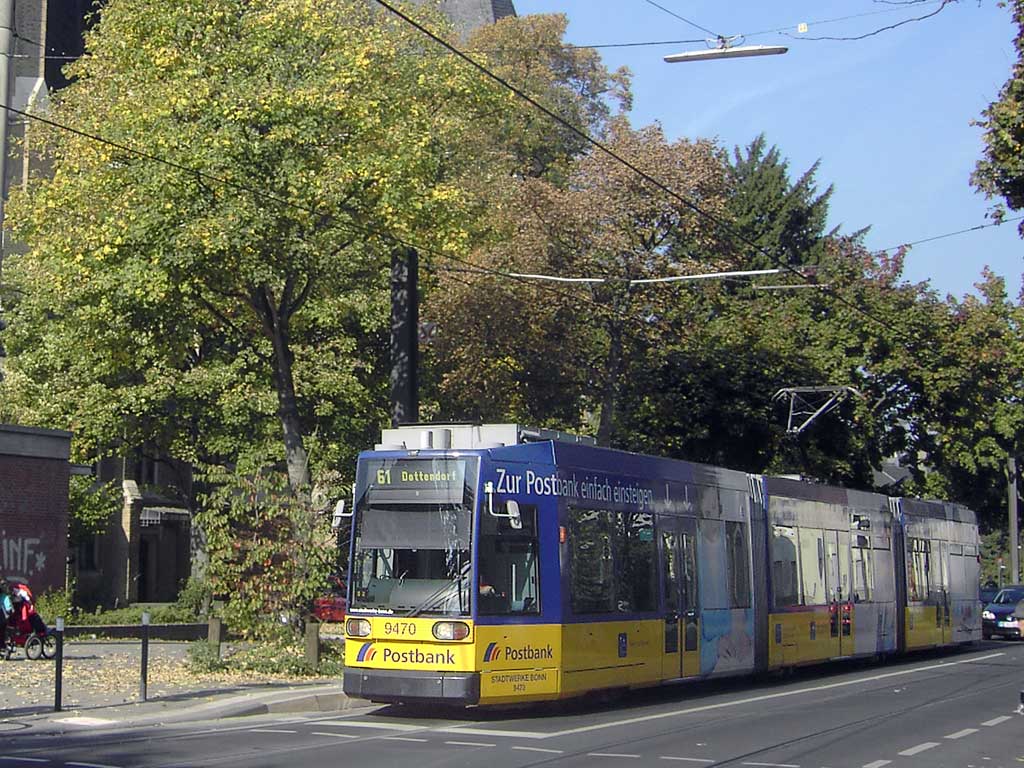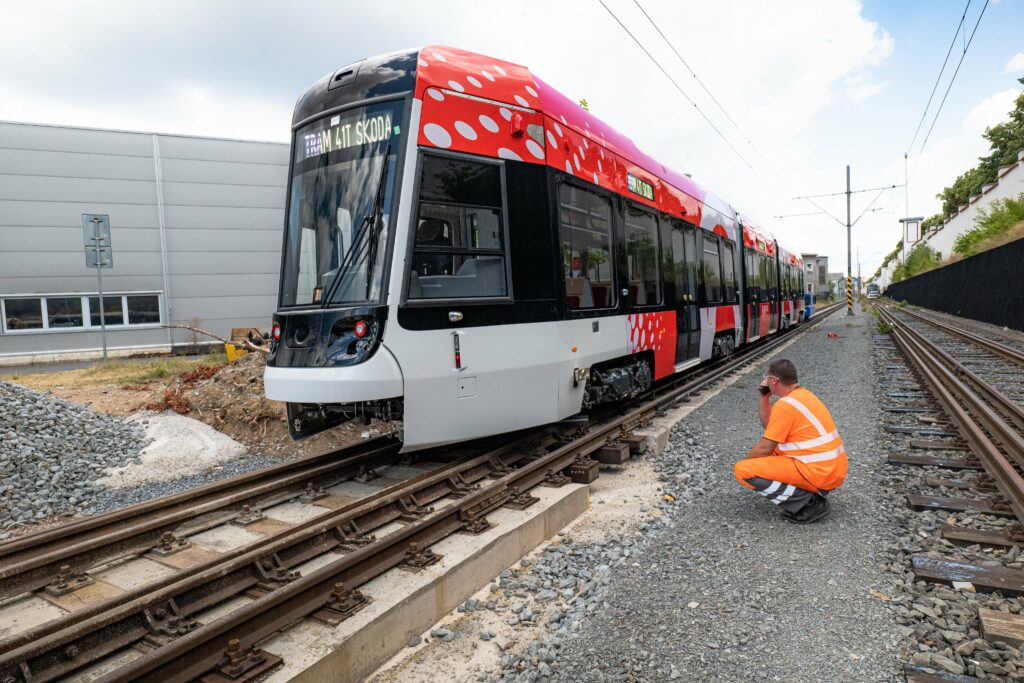
A few days ago, the first brand-new Škoda low-floor tram for Bonn left the factory in Pilsen. The destination was not yet its operational area in the Rhineland, but the Vienna climate and wind chamber to complete all type and approval tests. Delivery to Bonn is expected at the end of the year.
The new fleet will gradually replace the old Siemens/ Duewag low-floor trams of type R1.1 (NGT6) of the first generation from 1994 until the beginning of 2024. In 2017, a TÜV report determined that rust damage and material deterioration on the existing fleet were so extensive that the trams would have to be either refurbished or replaced in the near future. SWB decided to procure new vehicles. There were similar problems with the Duewag low-floor trams in Bochum. We reported here.
26 new trams
Škoda Transportation was contracted by SWB in December 2019 to supply a total of 26 ForCity Smart trams for CZK 4 billion (approx. EUR 160 million) and to provide spare parts for a period of 25 years. There is an option to purchase twelve additional low-floor trams for future line extensions.
This project is the third tram reference in Germany after Schöneiche (3 ForCity Smart Artic of which two pre-series vehicles from Helsinki) and Chemnitz (14 ForCity 35T). Further Škoda ForCity Smart trams have been ordered for RNV (a total of 80 trams in different lengths for Mannheim, Heidelberg, Ludwigshafen) as well as for Brandenburg (4), Cottbus (7) and Frankfurt/ Oder (13).

The low-floor trams are three-car bi-directional vehicles, with the two end cars resting on two bogies each and connected to each other with a centre section. The new vehicles have a length of some 30 metres long, are 3.60 metres high, 2.40 metres wide and offer space for about 180 passengers. Even on the outside, the trams differ from our previous vehicles because they have more doors. This means there is also more space for prams, wheelchairs and walkers. Rides on the trams will also be more pleasant because of the air-conditioning systems, which provide cool air on hot days.

The preparations are underway
Škoda will set up a spare parts warehouse at the Beuel depot. This will ensure that the new vehicles can be repaired and maintained quickly if necessary.
Work areas in the Beuel workshop will be converted, as the new trams are two metres longer than the previous vehicles. Once the first trams have been delivered, the workshop staff will be trained to ensure maintenance and repair. And the driving personnel are instructed in training runs.


